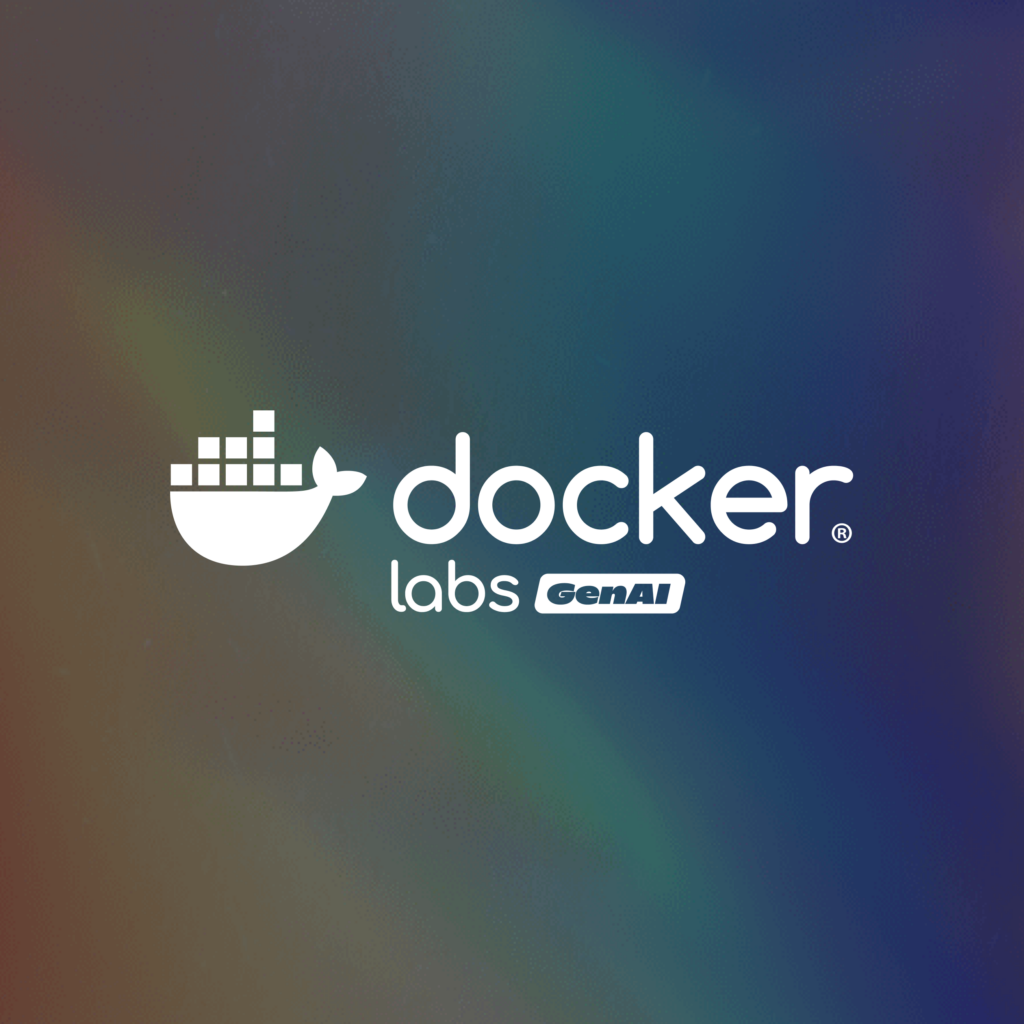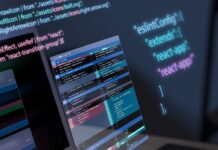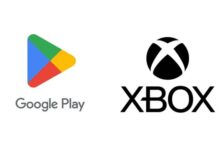Exploring the Future of AI Developer Tools with Docker Labs
In the rapidly evolving world of software development, the potential of Artificial Intelligence (AI) to enhance the developer experience is immense. The ongoing "Docker Labs GenAI" series is a testament to this evolution, showcasing the exploration of AI developer tools that can revolutionize the way developers work. At Docker, the mission is clear: to explore the vast potential of AI openly, without the constraints of hype, and in collaboration with the developer community worldwide. This initiative promises to release software as open source, inviting developers to participate, experiment, and innovate alongside Docker in real-time.
The Vision for AI in Development
The role of AI in software development is expanding from mere autocomplete tools like GitHub Copilot to more intricate functions across the entire software lifecycle. Developers are already familiar with these tools, but there is a broader horizon where AI can assist in more specific tasks and interfaces. Docker Labs is venturing into this uncharted territory, aiming to bridge the gaps between various tools and processes in the developer workflow using Large Language Models (LLMs).
The Role of LLMs
Large Language Models, or LLMs, are at the heart of this exploration. These models have shown an exceptional ability to address code issues when provided with the right context. Docker Labs has developed a method to map out a codebase by identifying linting violations and understanding the structure of top-level code blocks. This approach allows LLMs to construct a holistic view of the code, making them more effective in fixing issues.
By leveraging containerization, Docker has simplified the integration of these AI tools, enabling developers to seamlessly incorporate them into their workflow. Containerization is a method of packaging software in a way that it can run uniformly and consistently across different computing environments. This ensures that the tools, when containerized, can interact with the LLMs smoothly.
Improving the Linting Process
Previously, the process of handling linting violations was cumbersome and disjointed. Developers would often introduce errors, run tools like Pylint, and receive cryptic messages that required consulting manuals. With the introduction of AI tools such as OpenAI’s ChatGPT, this process improved slightly, allowing developers to get better explanations and sometimes solutions to code issues. However, this still involved a series of manual steps like copying code, switching between applications, and integrating fixes back into the codebase.
Docker’s solution to this problem is the AI Tools for Developers, which includes a prompt runner architecture. This architecture integrates tools like Pylint directly into the LLM’s workflow through containerization. By containerizing Pylint and creating specific prompts, the LLM can interact with it and address code issues effectively, reducing manual effort and streamlining the process.
Cognitive Architecture for LLMs
For LLMs to be truly effective, they require a structured way to access and process information. Docker’s setup involves using the Docker prompt runner to enable LLMs to interact with containerized tools and the codebase itself. Tools like Pylint and Tree-sitter are utilized to extract the project context, which is then stored and managed for the LLM to use when needed.
Tree-sitter is a parser generator tool that produces fast and robust parsers for different programming languages. By using such tools, Docker is able to provide LLMs with a complete understanding of where problems are, what they entail, and the necessary code fragments to address these issues. This setup effectively automates the process of identifying issues and feeding them to the LLM, making it more efficient and engaging.
Streamlining Developer Workflow
The integration of LLMs into the development workflow transforms the way developers interact with their tools. Instead of manually locating problems and feeding them to an AI, developers can engage in a conversational interface that maps code to issues. This approach allows the LLM to automatically detect issues, understand their context, and provide solutions, thus creating a more intuitive development experience.
Guided Prompts for LLMs
Docker’s project is structured around a series of prompts that guide the LLM through various tasks. These prompts are stored in a Git repository, allowing them to be versioned, tracked, and shared. They form the backbone of the project, enabling the LLM to interact with tools and the codebase effectively. The entire process is automated using Docker and a series of prompts stored in a Git repository, with each prompt corresponding to a specific task in the workflow.
Workflow Steps
A key challenge in this process is managing the context that the LLM can handle, given the limitations on how much code it can process at once. Docker’s solution involves automating the LLM’s workflow with tools, each step running in a Docker container to ensure a consistent and isolated environment. The workflow includes:
- Generate Violations Report Using Pylint: Run Pylint to produce a report of code violations.
- Create a SQLite Database: Establish a database schema to store violation data and code snippets.
- Generate and Run INSERT Statements: Convert each violation and range from the Pylint report into SQL insert statements and populate the database.
- Index Code in the Database: Use Tree-sitter to generate an abstract syntax tree (AST) of the project, indexing these top-level ranges into the database.
- Fix Violations Based on Context: With the necessary context gathered and indexed, use prompts to instruct the LLM to query the database and address code issues effectively.
Improving Code Fixes
To illustrate how this system improves code fixes, consider a specific violation flagged by Pylint. Suppose a violation on line 60 of a code file indicates the use of a disallowed variable name, "foo". With the traditional method, the LLM would only have limited information to work with, resulting in less effective code fixes.
However, by indexing the entire codebase, the LLM can query the index to retrieve the surrounding code, including the function where the violation occurs. This comprehensive view enables the LLM to propose a more meaningful fix, such as replacing the variable "foo" with a more descriptive name like "front_image", enhancing code readability and maintainability.
Enhancing the Development Experience
This approach not only streamlines the process of fixing code but also allows developers to interact with their tools in a new way. By setting up a series of prompts, developers can give the LLM a comprehensive understanding of the codebase, allowing them to ask for fixes or inquire about specific violations directly. This results in a more engaging and efficient development process.
A New Era of Development Tools
While Pylint is a focus in this exploration, the implications of integrating LLMs with containerized tools extend beyond just linting. This method points towards a new conversational way to interact with various tools that map code to issues, enhancing multiple aspects of the development workflow. By combining tool integration, cognitive preparation of the LLM, and a seamless workflow, Docker is paving the way for a more intuitive and efficient development environment.
To explore this project further, visit the GitHub repository for Docker Labs AI Tools for Developers. For more insights into Docker’s initiatives, consider subscribing to their newsletter.
For more Information, Refer to this article.

































